One would think that the features of the VenaPro DVT leg compression device could be ignored, or it’s a medical appliance that does little as protecting you from mild symptoms. This VenaPro DVT Leg Compression Device Review will make you think again…
The compression device is so important for you if you have signs of deep vein thrombosis due to diabetes or any other disease. The device protects you from quick and painful symptoms caused by DVT (Deep Vein Thrombosis).
Remember, the chances of dying from DVT is very high, and about 60000 to 100000 Americans die from DVT. Thus, the need for prevention against DVT cannot be overemphasized.
Before reviewing the VenaPro Leg Compression Device, it’s important to look at the DVT, its risk factors, its causes, symptoms and treatment, first.
What is DVT?
DVT, also known as Deep Vein Thrombosis, is an abbreviation for an extremely dangerous and fatal condition result from Deep Venous Thrombus. It is the formation of a blood clot in the extremities of the body like the arms, pelvis, thighs and commonly in lower legs.
This disease is caused by body inactivity and lack of muscular movement of the body parts over a long period of time. These clots can travel along the blood vessels and cause blockage to various body organs like the lungs, kidneys, brain and heart.
DVT could lead to various complications like pulmonary embolism, where the clots travel to the lungs and prevents breathing, thereby leading to death.
The clots are most commonly formed in the lower legs of hospitalized persons, as they are the most at risk due to reduced muscular activities.
Anyone above the age of 60 is at risk of DVT. Still, risk factors are higher in bedbound individuals, those who smoke, pregnant, or with health conditions like cancer, infection, or post-operative recovery.
Common Symptoms Of DVT
Deep Vein Thrombosis shares its symptom with other mild diseases and infections, and for this reason, it is usually ignored.
The following are the most common symptoms of DVT, which should be reported to your doctor if experiencing any:
- Swollen and tender lower leg
This symptom is usually experienced in the affected area of a single leg
- Pains in one leg
- Reddish color of particular areas of the leg
- Warmer feelings of tenderness to one leg
There are also symptoms evident when these blood clots are dislodged and have moved to the chest region, in the long run.
This is a medical emergency, so you should call 911 (or 000) or visit your hospital emergency department.
Thos emergency symptoms are:
- Shortage of breath
- Chest pain
- General body pains and cramps
- Fainting
- Coughing up blood
- Uncontrolled bleeding
- Profuse sweating
These DVT symptoms are not restricted to the legs. The blood clot formation, dislodgement and blood floor obstruction could happen in other parts of the body like the arms, pelvis or thighs.
Dangers Of DVT
DVT can pose many dangers to one’s health. Apart from its life-threatening effect caused when mobile clots travel to organs like the lungs or the heart, DVT can also come with several other effects like:
- Severe pains in the leg from which the clot formation originates.
- Post-surgery complication.
- A longer period of hospitalization.
- Increased hospital bills due to additional treatment.
Risk Factors Of DVT
The dangers of DVT is most likely in individuals based on certain factors referred to as risk factors. These individuals are the ones most likely to develop this condition.
The following are a few of these risk factors:
- Those confined to their beds or hospitalized.
- Immobility due to a long journey
- Pregnancy or childbirth
- Being over 60 years old
- Those who have undergone surgery in the lower extremities
- Heart failure
- Cancer
- Those who use contraceptive pills
- Varicose veins
- Those who smoke
- Overweighed persons
- Dehydrated persons
The presence of one or more of these factors will increase one’s chance of developing DVT.
Effective Ways Of Preventing DVT At Home
Here are several tips for preventing DVT based on one’s risk factors.
DVT resulting due to advancement in age, or reduced muscular activities at home or due to long periods of travelling can be prevented effectively with these tips. This can be done by a change in lifestyle choices.
Those do’s, and don’ts have to be followed to effectively avoid DVT are:
Do’s
1. Staying hydrated
Staying hydrated entails raking lots of fluid, including water and healthy drinks. This helps to reduce the viscosity of the body and allows for its smooth movement through vessels.
2. Regular exercises
Exercising the body parts, especially the lower extremities, will increase muscular activities over deep veins and ensure smooth blood movement in these vessels.
3. Try to reduce your weight by exercises, or herbs or eating healthy.
4. Reduce blood pressure by a change in dietary choices.
5. Use of manual compression stockings, which will firmly compress calf muscles over these vessels.
Don’ts
1. Don’t smoke
Smoking is a risk factor for DVT, and with other risk factors included, it can increase one’s chances.
2. Don’t take birth control pills before any surgery.
3. Don’t wear tight clothes to bed or to travel, unless they have been advised by a doctor.
Effective Ways To Prevent DVT In Hospital Setting
Being bedbound due to one illness or the other, or even after a surgery on parts of the lower extremities, one has a higher chance of developing blood clots. Prescriptions usually prevent this based on the degree of risk.
The following are some of the prescribed preventive measures:
1. Anticoagulants
These are medications taken orally or intravenously that could prevent a blood clot in vessels.
The most commonly used is Heparin. They are usually injected into the veins with a syringe.
Anticoagulants though could only reduce the risk of DVT by half. They are also known sometimes to initiate bleeding in hospitalized patients.
2. Compression stockings
The compression socks are specially designed to increase blood circulation in the legs. These are also helpful in preventing DVT, as they compress muscles against deep veins to allow for the proper blood flow.
3. Exercises and ambulation
Exercises work the muscle up to improve blood flow. Ambulation, which is simply walking, can help hospitalized persons with circulation problems.
4. Sequential compression device, also called intermittent pneumatic compression (e.g. Air Relax Leg Compression Massager, LX7 Max Sequential Air Compression Leg Massager).
How Can A Sequential Compression Device Prevent DVT?
A sequential Compression, also called Intermittent Pneumatic Compression, is one of the most used means of preventing DVT. It is usually called a Compression Device for short.
It is a medical air pump device worn around the legs. It comprises inflatable sleeves that compress the legs when inflated and allow the leg’s flow of stagnant blood. This mechanism is important in the prevention of deep venous thrombus DVT.
The actions of the compression device imitate the action of walking and ambulation because this controllable pump sequentially compresses different parts of the leg and ensures proper blood circulation.
The sequential compression device is designed for the lower legs, as DVT usually occurs in the lower legs.
The compression device is usually worn for hospitalized persons while they are bedbound or in a sitting position.
And for home use, the compression device is worn while resting, and in some cases, to sleep.
Features Of A Sequential Compression Device
All compression devices have different features, depending on the product type. However, there are basic components necessary in any sequential compression device.
They include:
- Sleeve
- Pump
The pump is usually the controlling part of the device. Different type of compression device has different designs of the pump.
The pump is usually connected to the sleeves through sleeve connectors. It releases air pressure into the sleeve to compress the legs. It is the part of the device that holds the power button.
The sleeves are usually designed like a garment. The sleeves could be designed to wrap around the calves only or with the foot and thighs included. The pump inflates the sleeves to compress the leg.
There are several designs of sequential compression device, one of which is the VenaPro compression device.
The VenaPro DVT leg compression device is one with acknowledgeable characteristics and features.
What Is VenaPro?
VenaPro is a compression device designed to be worn over the calves. It protects against DVT in patients with reduced muscular activities. Its inflatable sleeves and air pumps achieve this. This compresses stationary blood in the calves and pushes it gradually upward by enhancing muscle contraction.
It is also designed to enhance blood circulation and reduce swellings caused by lymphedema or neuropathy.
Physicians usually prescribe VenaPro, among other compression devices, for high-risk patients.
The VenaPro is produced for single-use, and is suitable for use at home as well as in the clinic, as is used by post-operative patients. It doesn’t require the expertise of health personnel as its use is quite easy, using only one button for its operation.
Here are the VenaPro use instructions
VenaPro DVT Leg Compression Device Review
The VenaPro DVT compression device is manufactured by the DonJoy Global (DJO) industry, a medical device company. They are the top global producers of several locomotor-related, vascular and general health-related devices, used especially in the united states.
Distribution of the device is also part of their package. They provide a secure shopping experience and 30 days return policy.
The DJO devices are very effective and efficient for medical reconstruction and rehabilitation, management and therapeutic services. One of several DJO device usually ordered for post-operative surgery management for use in the hospitals and at home is the VenaPro DVT compression device.
Design Of VenaPro
The makings of the VenaPro DVT compression device is unlike any other compression device. The VenaPro is a small portable sequential compression device, unlike several other compression devices.
It has its controlling part, its pump, attached to the sleeves, making it very portable for home use. Its joint operating parts also helps in the reduction of the weight, making it comfortable for the patient.
Its design is also automated in such a way that it requires only a single button for its use. It is made easy to put on by its characteristic sleeve known as compression cuffs.
With these designs, the VenaPro presents a very light, comfortable and medically friendly device to patients, which is very important in health management and treatment.
VenaPro Components
The needed components of a sequential compression device are compressed into small and potable size in the VenaPro. And the complexity of the pump in the usual sequential compression device reduced to a single button control.
The following are the components of the VenaPro DVT leg compression package:
- Sleeve cuffs
- The power button and battery indicator
- Low-pressure indicator
- USB ports for data management
How Does VenaPro Work?
One would imagine how a portable device like the VenaPro prevents DVT, how a simple-looking device, with one-button control, actually prevents life-threatening diseases like the DVT.
The VenaPro effective restores circulation back to the lower leg, and usually prescribed after surgery on any parts of the lower extremities.
The pressure pump is manufactured to have a preset pressure of 50 mmHg, and its sequential pumping is automated, inflating and deflating in cycle of an interval of one minute. Thus, moving blood, that stay static due to gravity, more frequently.
A humming sound is heard as it works, and in every minute of inflation of the cuffs, one’s legs are squeezed. It also allows for cooling of the legs caused by the release of air from the inflatable cuffs.
How Do One Use VenaPro?
Of course, its use is also designed to be patient-friendly and compliant. It doesn’t require expertise or mechanical know-how. With its one-button control, one can turn on the device and get it working immediately. It also has power indicators, as well as a low-pressure indicator.
Pros
The following are other importance of getting the VenaPro apart from preventing DVT:
- Restores circulation in lower extremities
- Quickens recovery from surgery or wounds
- Reduces swellings
and pains
Other pros are
- Easily mobile device
The VenaPro is not just for hospital use, but home use as well, as prescribed by physicians. Its design enables easy transportation to homes or offices.
- Portability
The portability of the VenaPro, among other compression devices, makes it easily transportable.
- Light-weighted
- Easy use
The VenaPro requires no technical know-how for operation.
- It is easily maintained.
- A USB port for data management.
Cons
The challenges of this device, as reported by most users, are as follows:
- The cost
The most commonly presented issue with this device is the cost of the device. People often consider the device to be “overpriced”. However, the price of the device is well fitted for its use, being that it covers both prevention of DVT, post-surgical therapy and patient compliance.
- The sound could also pose as a con to this device. The noise produced by this device in a quiet and serene environment often disrupts the peace and acts as a ‘noise’.
- Weak battery
The VenaPro is chargeable. However, its battery life is usually not satisfying to most patients.
How Accessible Is The DVT VenaPro Leg Compression Device?
Once prescribed by a physician, one can get this device from most online vendors with much ease, and have them shipped to whatever location.
The VenaPro is suitable to use for a circulatory condition that could lead to DVT. However, it does work for all such conditions. Let’s take a look at a couple of these conditions.
Would VenaPro Sequential Compression Sleeve Work For Diabetic Ulcers?
The VenaPro is a device that helps improve blood circulation in the body extremities like the lower leg. However, it is ineffective in the treatment of diabetic ulcer, a common condition caused by impaired circulation.
Impaired circulation experienced by people with diabetes is due to the excess sugar present in their blood. This creates an imbalance in their system and causes impaired blood flow and circulation.
The ulcers experienced by people with diabetes are usually found in their lower legs and feet, and could develop as a result of abrasion from compression devices. It is therefore not advisable for them to use the VenaPro.
The VenaPro, also have no positive effects on the impaired circulation increased by excess blood sugar level. This condition is however treated by the management of diabetes, which includes the
- reduction of sugar intake,
- regular body checkup and
- protecting one’s self from injury to the feet.
Would VenaPro Sequential Compression Sleeve Work For Diabetic Neuropathy?
The VenaPro also have no positive effects on neuropathy experienced by people with diabetes. The destruction of their nerves results when the excess sugar in their blood is uncontrolled, causing damages to body tissues.
People with diabetes are usually not advised to use compression socks (without medical advice), wears and even devices, as these could present more negative effects on their health status.
Neuropathy is better managed by extreme care from dangerous objects, as well as the use of protective gears (e.g. heal protectors) and wears.
Other DVT Compression Devices
Alternate devices are:
- FIT KING leg massager for circulation
- CINCOM leg massager
- RENPHO rechargeable leg massager
Conclusion
The likelihood of developing deep venous thrombosis, DVT from a surgical operation, especially those of the lower extremities, is very high.
To prevent DVT following a surgical operation, or other risk factors, doctors usually prescribe the VenaPro for effective compression of static blood. This is evidence of the effectiveness of the device in prevention.

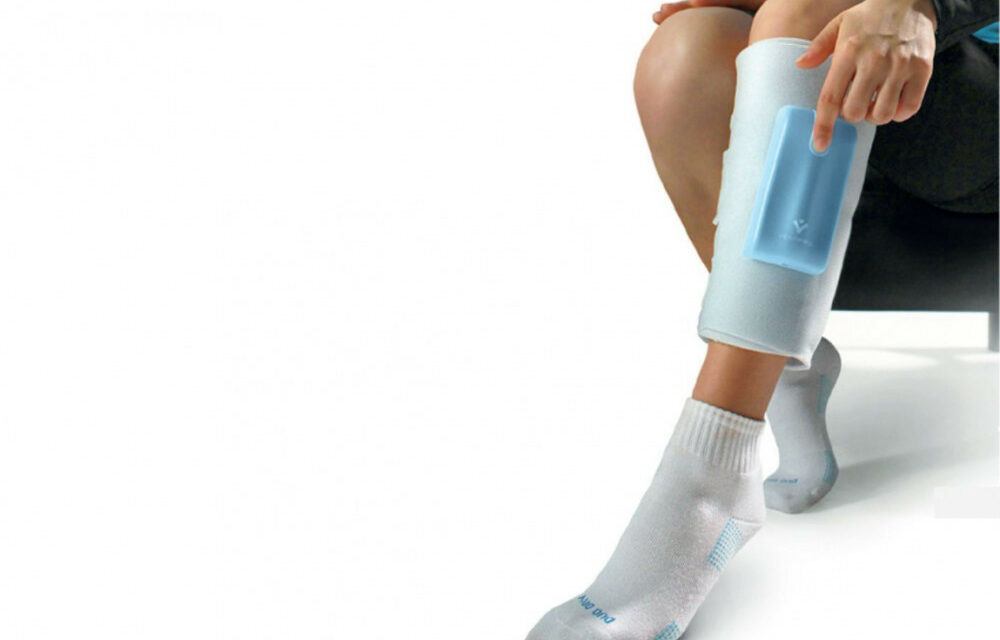





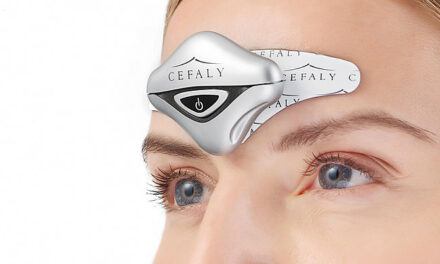
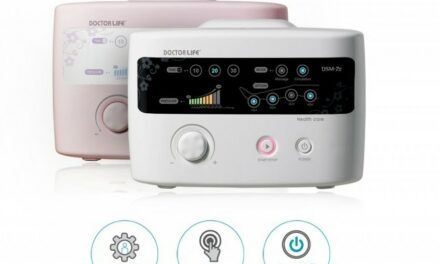
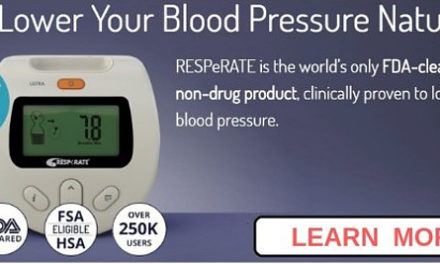
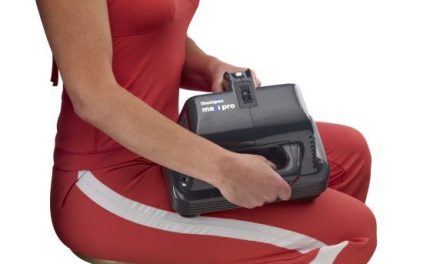
Venapro….for the cost, yes, it works, but seriously….can’t you find a better material and longer lasting velcro? After a week and a half, the velcro loses ability to attach and stay wrapped. The fabric is integral to the compression “bladders” that fill with air, so cleaning it is nearly impossible. The fabric is so cheap it has become misshapen and ratty along the edges. The appearance of the fabric now looks grungy and after trying to “clean” 1/3 of the part that you could attempt to do so, helped a minimal amount. The fabric at this point looks like it would become even more disheveled to try again. For $175 I would expect far better quality and longer than a one patient use. I am left feeling ripped off for the price and regret not looking in the general market for better. Venapro….you can clearly do better and stop making such a profit from those who are miserable! Insurance doesn’t cover this and denies as they say you should take a blood thinner medication instead. Such a bummer.
Dear Elaine,
Thanks for reaching out.
Thanks for sharing your experiance with Venapro, and I am soory to understand your frustration and disappointment with the product’s quality and durability. While we can provide information about the device, it’s important to clarify that we are not affiliated with the manufacturer, and the article is not sponsored.
The VenaPro DVT Leg Compression Device is designed to provide compression therapy for Deep Vein Thrombosis (DVT) prevention and management. It typically consists of compression bladders that fill with air to apply pressure to the legs and improve blood circulation, reducing the risk of DVT formation, especially in patients who may be immobile or at increased risk of blood clots.
Regarding the issues you’ve raised about the product’s quality, it’s crucial to understand that the effectiveness and longevity of medical devices are of utmost importance, especially when they come at a significant cost to the consumer. Manufacturers are expected to meet certain quality standards to ensure the device’s safety, efficacy, and durability.
If users are experiencing problems with the VenaPro DVT Leg Compression Device, such as the Velcro losing its ability to stay wrapped, fabric deterioration, or difficulty cleaning the fabric, these issues should be brought to the attention of the manufacturer’s customer service or support team. Providing feedback on product shortcomings can help manufacturers identify areas for improvement and make necessary changes to enhance product quality.
Additionally, it is essential to check for any warranty or return policy offered by the manufacturer or the retailer from which the product was purchased. If you believe that the product does not meet reasonable quality expectations for its price, you may want to explore the possibility of a refund or replacement.
As a user of medical devices, it’s crucial to be an informed consumer and, when possible, seek out reviews and testimonials from other users before making a purchase. While medical devices can be expensive, it’s essential to consider the potential benefits they offer in managing medical conditions and consult with healthcare professionals if unsure about the best options for treatment and management.
If the device’s cost is a significant concern, exploring alternative products on the market, as you mentioned, might be a worthwhile consideration. However, it’s important to ensure that any alternative device chosen is of good quality, meets medical standards, and is suitable for the intended purpose.
Ultimately, I empathize with your frustration and hope that the issues you’ve experienced with the VenaPro DVT Leg Compression Device can be resolved to your satisfaction. Always remember to seek advice from your healthcare provider when considering medical devices to ensure they are appropriate for your specific needs and medical condition.
I hope this reply provides you some direction, with next steps you would like to take.
Take care.